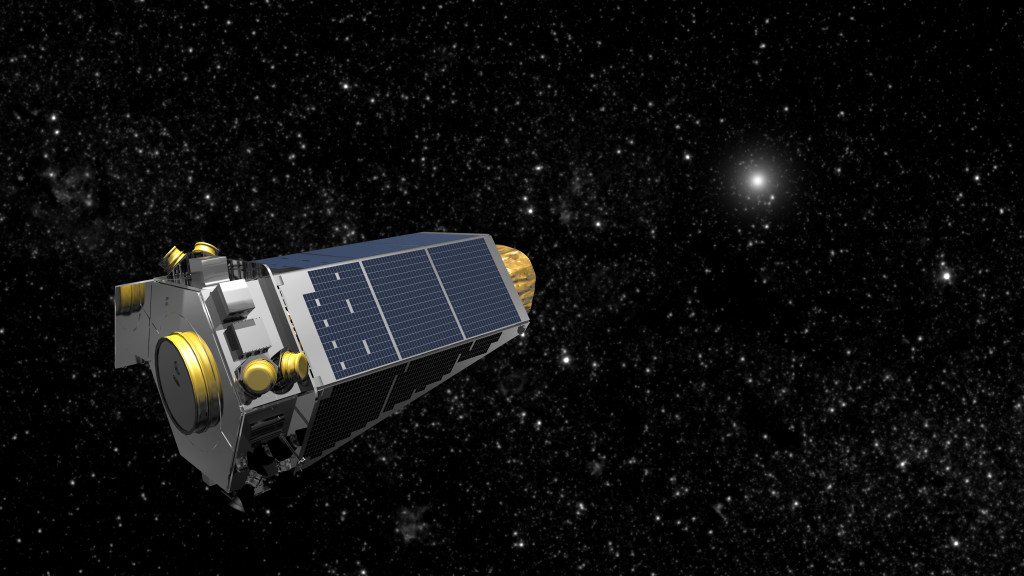It was a big day for NASA’s Kepler Mission yesterday as the science team announced a momentous finding.
They discovered a lot of new planets. How many planets? Fifty or one hundred? Maybe even 500?
The mission actually verified 1,284 new planets, the largest collection of planets ever discovered.
And the probability of those being planets? Greater than 99 percent – the minimum required to be called a planet.
There are a few different groups within the overall 4,302 potential planets. One group is made of 1,284 verified candidates that are the new planets.
Another group–1,327 candidates–are also likely to be planets but don’t meet the 99 percent requirement. Additionally, there are some candidates that are likely to be something else, of which there are 707. The last group is made of 984 candidates that were previously verified by different techniques.
The verification of the new planets was based on a new kind of statistical analysis method. The method can be applied to many planet candidates at the same time. This is a big deal, as previous statistical techniques involved processing one suspected planet at a time, which was very labor-intensive.
Five hundred of the newly-validated planets could be rocky like Earth. Some of these orbit in an area that could allow for liquid water to pool based on their surface temperatures. There are nine planets in this category, and they orbit their stars in a region called the habitable zone. After the addition of these nine exoplanets, there are now 21 planets in this limited and exclusive group.
The majority of verified planet candidates were discovered by Kepler, which discovered 2,325 of the more than 3,200 verified candidates.
NASA’s Kepler spacecraft was launched in 2009 to discover planets beyond our solar system that are like Earth in both size and habitability.
For an overview of the Kepler mission, check out NASA.gov.


